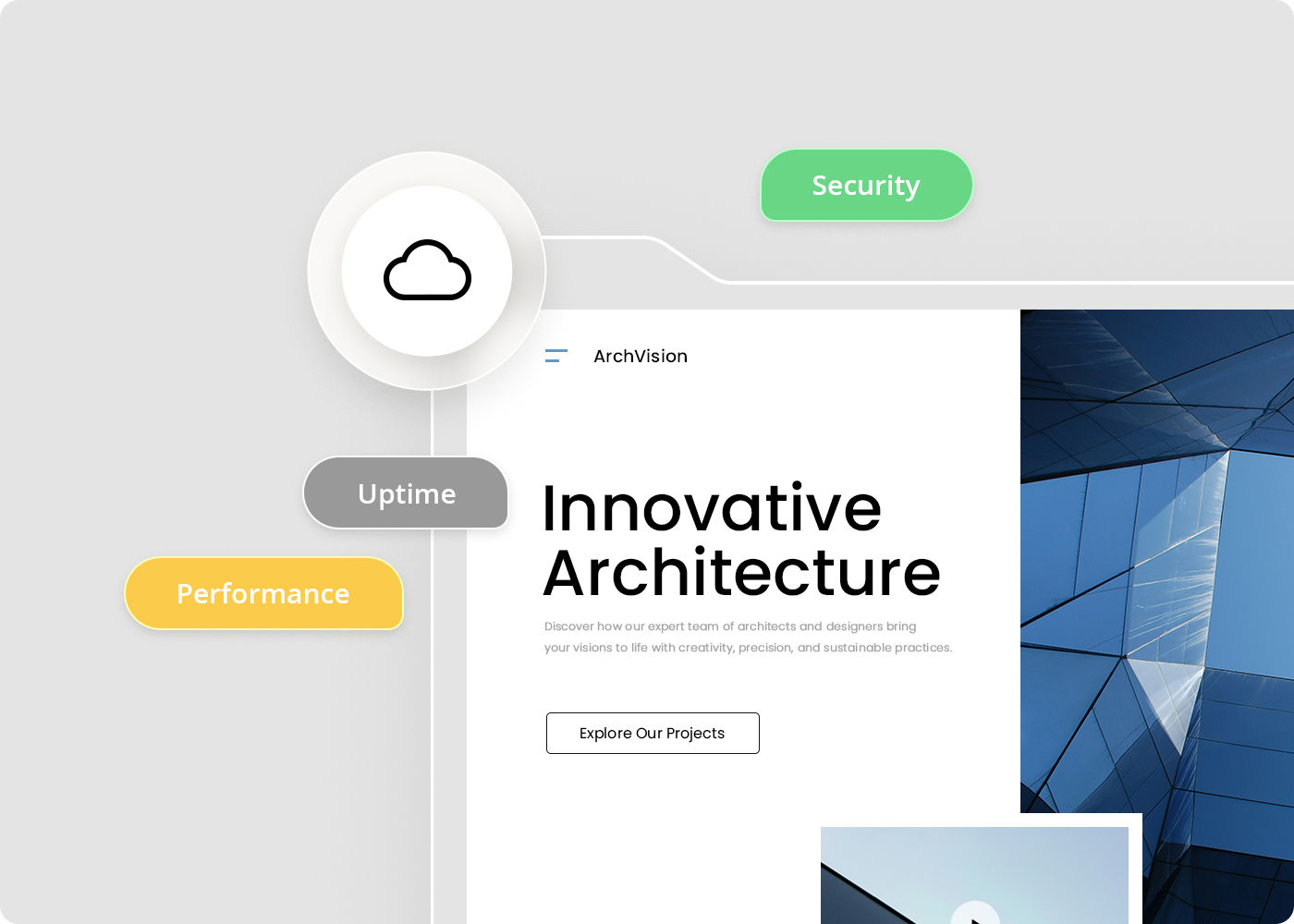Our scoring methodology:
A transparent approach
Navigating the digital landscape requires clear, accurate, and unbiased information, especially when comparing various platforms. At the heart of our comparative analysis lies a structured and transparent scoring methodology, designed to evaluate and reflect the true capabilities of each platform. In this guide, we'll walk you through the core principles of our approach, giving you insight into how we derive our scores.
or Customer Support, has its own set of parameters.
These parameters are chosen based on their relevance
and impact on the overall user experience in that category.
to each parameter within a category to reflect its significance.
For instance,
in Ecommerce, payment options might have a higher
weight compared to scalability, owing to their immediate impact on user experience.
expert reviews, and direct testing. This multi-faceted approach
ensures a well-rounded view of each feature.
are reflective of the feature’s performance, ease of use,
and user
feedback. For example, in Website Editors,
customization tools might score higher for a platform
that offers extensive design freedom.
of all
parameter scores. This provides a single, comprehensive
score that reflects the overall performance of the platform
in that specific category.
We continuously update our data and reevaluate our scores
to ensure they reflect the most current state of the platforms.
and can sometimes lead to reassessment of certain scores.

Score parameters
Uptime and availability
Evaluates the average uptime statistics, uptime guarantee and overall availability of the hosting provider.
and whether the actual uptime matches the promised guarantee.
Hosting performance
Evaluates the platforms hosting speed and performance tools.
or paid, and the quality of the CDN service.
the presence of dedicated servers,
and the costs associated with scaling.
Hosting security
Reflects the platform’s security measures, data privacy, backups
and adherence to legal and regulatory requirements.
(e.g Sitelock security).
(e.g., GDPR, HIPAA)
and possession of certifications
(e.g., ISO 27001, SOC 2).
and customer support.
Hosting features
Looks at the features offered by hosting platforms.
and pricing.
the level of customization allowed.
if SSH access
is provided.
Price
Looks at the cost-effectiveness and value for money of each platform.
Ease of setup
Evaluates the ease of setting up and migrating websites on the hosting platform.
or a custom solution, focusing on its accessibility and user-friendliness
for both technical and
non-technical users.
of the provider’s help center resources, including
articles and tutorials.
User management
Assesses the platforms’ capabilities in managing user roles, permissions, and accessibility.
permissions.
user levels.
Customer support
Evaluates the quality, availability, and scope of the customer support offered by the hosting provider.
(live chat, chatbot, email, phone, etc.)
for enterprise-level customers.
Our commitment
Our goal is to provide the most accurate, reliable, and
user-friendly comparisons.
This methodology is the backbone
of our commitment
to helping users make informed decisions.
By understanding our process, we hope you can confidently
use our scores as a guide in your selection process.